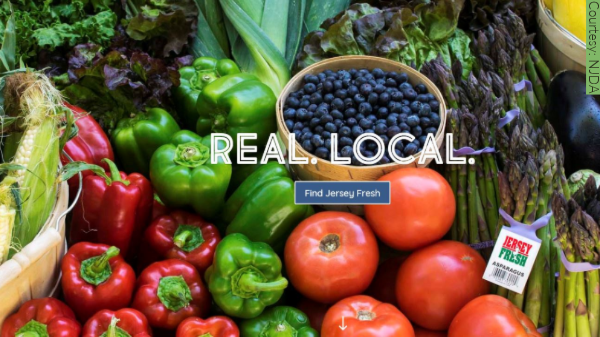Although retail changes in New Jersey were a mixed bag for 2018 and early 2019, a few have created challenges for buyers and sellers alike.
From food safety and pricing to delivery and macro changes like mergers and acquisitions—it seems most everyone along the fresh produce supply chain was affected.
Discounters continue to hold their own, while independents and regional chains experienced ups and downs. Norwalk, CT-based Stew Leonard’s Farm Fresh Foods is opening its first store in New Jersey, taking the place of an empty Sears store in Paramus. Other operators haven’t fared as well.
“Smaller retailers that once had 10, 20, or 30 stores are now absorbed into chains with more like 500 stores, and we’re seeing it with foodservice too,” said Bill Nardelli Jr., secretary and treasurer for grower-shipper Nardelli Brothers, Inc., BB #:101204 Cedarville, NJ, but he isn’t particularly worried.
Instead, he’s thankful for the many longstanding relationships his father and grandfather made in the industry, which continue to serve the company well.
Bob Von Rohr, director of marketing for Sunny Valley International, Inc., BB #:126304 Glassboro, NJ, looks at the situation differently—in his thinking competition is a positive, not a negative because it “makes everyone sharper.”
Others are more removed from the action: Jeff Danner, general manager for Eastern Propak, LLC, BB #:159451 in Glassboro, NJ, said third-party service providers like Eastern Propak aren’t as concerned by rising retail competition.
He has, however, observed an unfavorable trend with a few retailers pulling away from local producers. “Rather than utilize the high volume of available product [at lower cost],” he said, “they seem to hold the line on pricing and make their margins with fewer units.”
Nardelli noted a new pricing trend as well.
“This year organic and conventional pricing have been closer because of oversupply, which is concerning for growers due to the higher cost we put into organics.”
In years past, this was rarely seen since organics garnered much higher prices. “Now it’s tightening up and getting closer,” he said.
This is an excerpt from the most recent Produce Blueprints quarterly journal. Click here to read the full version.



